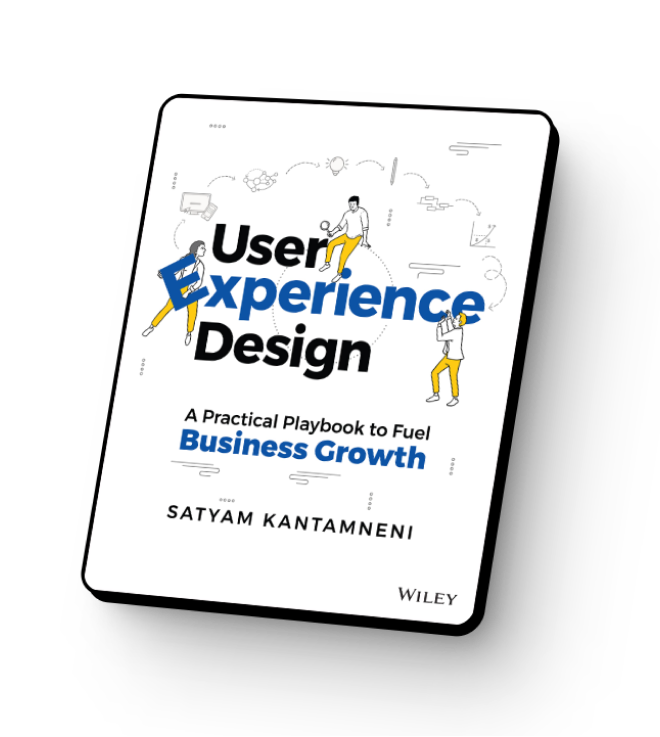One advantage of leading an eXperience consulting firm is the exposure we get to a wide range of organizations in their journeys towards building user-centric products. It is like having front-row seats to a company’s evolution.
An observation that consistently stands out is the business leader’s struggle between “investment” in design and “outcomes.” Leaders share with me that they’re struggling to drive good design outcomes, even after investing in a team of designers who appear to have all the requisite skills. So where are their organizations falling short?
Ask your UX Lead
My assessment: the answer lies in understanding the core role of a User eXperience (UX) Lead in this transformation. The UX Lead is the single most important driver of design outcomes in an organization (think: a Product Manager equivalent on the UX side). Titles aside, how does a business leader know if the designated UX Lead is effective in driving the right behavior(s) to build user-centric products within their organization?
It all boils down to asking 3 simple questions to quickly assess if the Lead is truly leading.
1) What are the top problems users have?
If your UX Lead can articulate who the top users and what their top problems are for the product eXperience they are leading, they possess a key trait: deep user empathy. Ideally, they have these crisply mapped to a User Journey Map that they treat as a living artifact and champion in the organization. Of course, having an experienced User Researcher within the team should significantly accelerate this process.
I notice in most cases the UX Lead does not possess deep user empathy and, instead, only does what s/he is told by another stakeholder. Executing without intent is a failure of time and investment, as there tends to be little to no impact for the user.
2) How are you solving the user’s problems?
The UX Lead should be able to articulate what design activities are going on to address the user’s problems — whether it be user research, ideation cycles, or stakeholder interviews — and their decisions and activities should be closely mapped to their understanding of the user problems. All designs, concepts, enhancements, and experiments should be actively tracked for the Lead to report on and govern.
Having empathy with the user but not taking action on problems they face shows that the Lead is not leading.
3) What impact has your work made?
UX Leads must be able to objectively articulate the impact of design activities on the user and business and provide evidence of this impact (through user feedback, usage data, etc).
This deliberateness goes a long way in making design and research skills count for the business; otherwise, you have a design team that is focused on vanity metrics and activities, wasting organizational time and investment.
A UX Lead’s work should come from the mind and heart, not from going through the motions and mechanics of a “UX process.” For example, simply talking to users doesn’t make it user research. Creating Wireframes and Visuals does not make it user-centered design.
Leading an eXperience Transformation
In most organizations I’ve studied, the barrier to true user-centricity is self-imposed; unfortunately, they track design activities when they should track User Empathy and Impact. True Leads are change catalysts; they’ll get on the soapbox and advocate for the user at every opportunity. The best Leads will bring everyone to the level of constantly thinking,
“The user’s problem is OUR problem.”
Above all this is a sign of a healthy organization and an effective UX Lead. In customer-centric organizations, this mindset is the norm and should be yours too!


